Cakes and muffins are both popular baked goods, but they differ in ingredients, texture, and presentation. Cakes are typically made with butter, sugar, eggs, and flour, often including leaveners like baking powder or baking soda.
They are known for their delicate, airy texture and are commonly frosted and decorated. Cakes can range from simple single-layer varieties to elaborate multi-tiered creations and are often associated with celebrations like birthdays and weddings.
Muffins however are more akin to short breads. They are usually made with a straightforward batter that can include fruits, nuts, or chocolate chips. Muffins have a denser, moister texture compared to cakes and are often eaten for breakfast or as a snack.
They are usually not frosted, and their simplicity makes them a quick and easy treat to bake. Both cakes and muffins have numerous variations and flavors, catering to a wide range of tastes and occasions.
What is Cake?
Cake is a sweet, baked dessert that is typically made from a mixture of ingredients like flour, sugar, eggs, butter, or oil. It often includes leaveners such as baking powder or baking soda, which help the cake rise during baking.
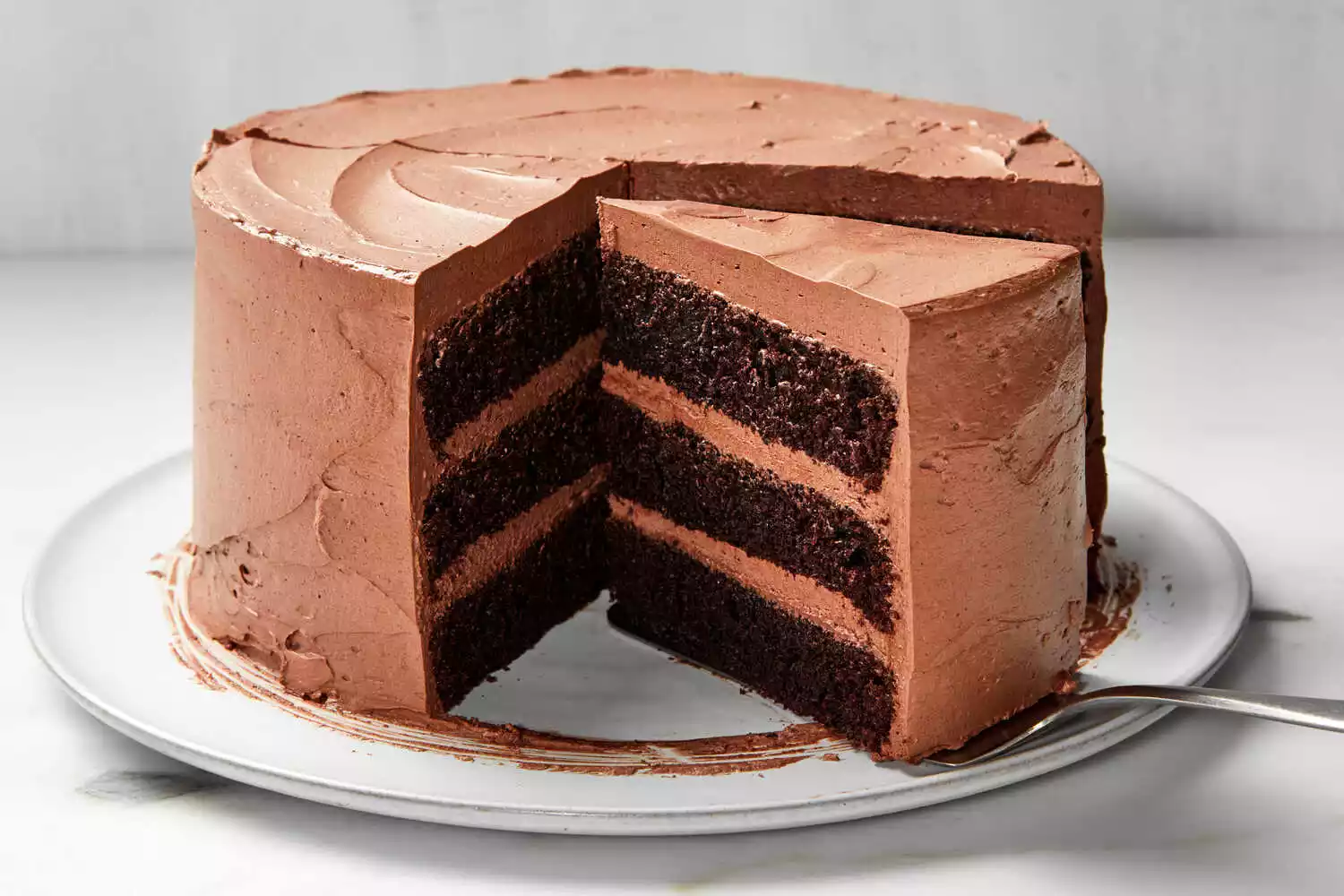
Cakes can come in a variety of forms, including sheet cakes, layer cakes, cupcakes, and more. They are known for their soft, airy texture and are commonly frosted and decorated with icings, fondant, or fruit.
The origins of cake date back to ancient times, but the cakes we know today, with their fluffy texture and sweet taste, evolved over centuries. Cakes are a staple at many celebrations, such as birthdays, weddings, and anniversaries.
There are countless recipes and flavors for cakes, ranging from simple pound cakes and chocolate cakes to elaborate creations featuring multiple layers, intricate decorations, and a wide array of flavor combinations. Cakes are not only a treat for the palate but often a centerpiece for special occasions, reflecting the artistry and skill of the baker.
What is a Muffin?
A muffin is a small, baked item that is often sweet but can also be savory. It resembles a small cake in appearance, but its texture and flavor can vary significantly.
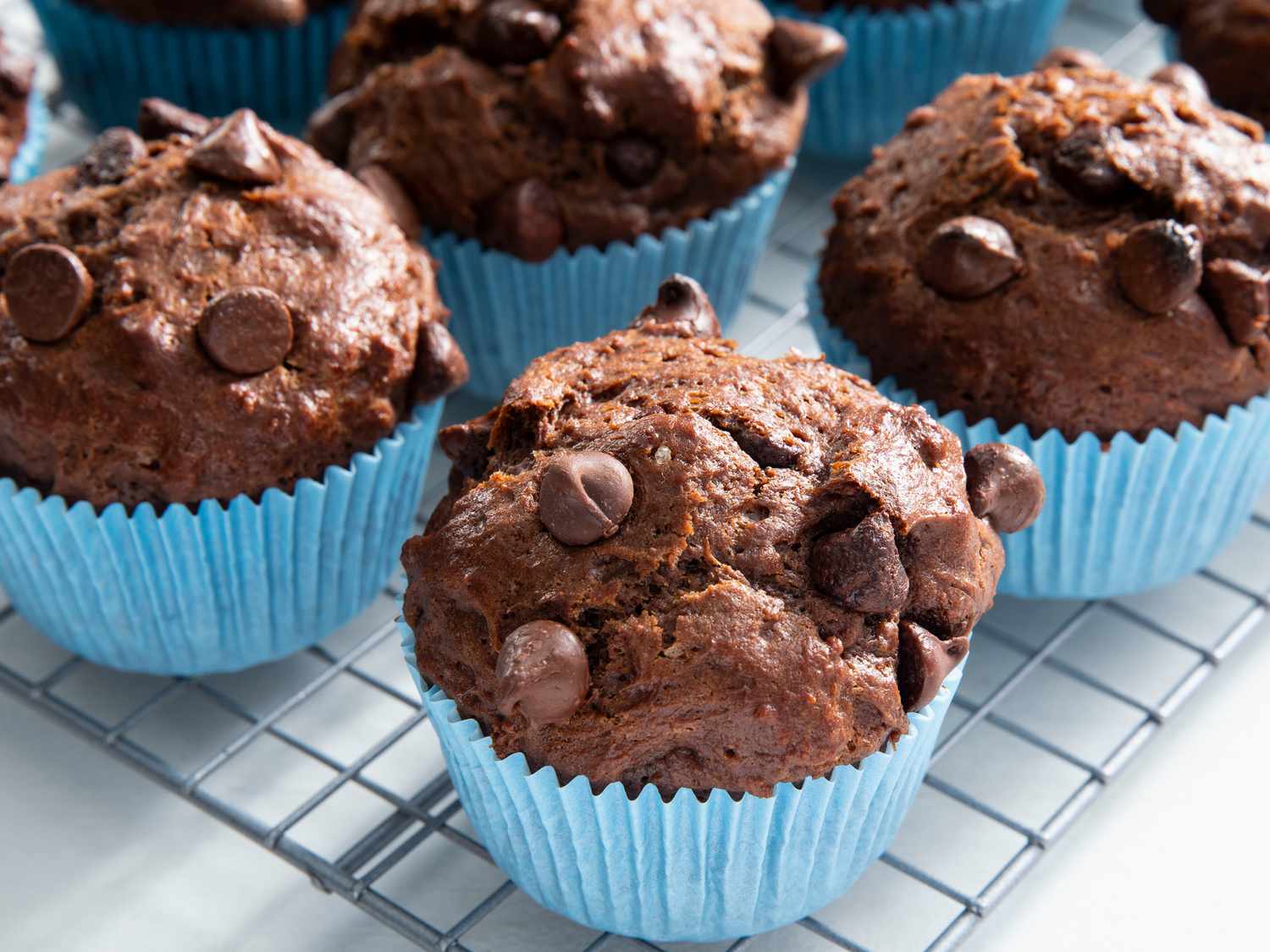
Muffins are typically made from a simple batter that includes flour, eggs, a leavening agent (like baking powder or baking soda), fat (such as butter, oil, or dairy), and sugar. This batter can be easily customized with a variety of mix-ins like fruits, nuts, chocolate chips, or spices.
Muffins are known for their dome-shaped top, which often overhangs their paper or metal cup-like base. They have a denser and moister texture compared to cakes, and their flavor is less sweet, especially in the case of savory varieties which might include ingredients like cheese, herbs, or vegetables.
Muffins are a popular choice for breakfast or snacks and are valued for their convenience and portability. They are part of the quick bread category, meaning they are leavened with baking powder or baking soda, rather than yeast, and can be quickly and easily prepared.
The term “muffin” can refer to two distinct types: the American muffin, which is typically sweet and cake-like, and the English muffin, which is a yeast-leavened bread, cooked on a griddle and more commonly served as part of a savory meal.
Comparison Table of Cake vs Muffin
Here’s a comparison table outlining the key differences between cake and muffin:
| Aspect | Cake | Muffin |
|---|---|---|
| Basic Ingredients | Flour, sugar, eggs, butter/oil, and often milk or water. Most often, it is some leavening agent such as baking powder, or baking soda. | Similar to cake but often with less sugar and butter. May include additional ingredients like yogurt or buttermilk. |
| Texture | Light, airy, and fluffy. Tends to be very soft and moist. | Denser and more bread-like. Less moist than cakes, with a coarser crumb. |
| Sweetness | Generally sweeter, often with added frosting or glaze. | Less sweet than cakes, often with fruit, nuts, or chocolate chips as sweeteners. Savory versions are also available. |
| Shape and Size | Can vary widely – round, square, multi-layered, sheet cakes, etc. Cupcakes are small, individual versions of cakes. | Typically small and round, with a domed top. Baked in muffin tins, sometimes in paper cups. |
| Occasions | Associated with celebrations like birthdays, weddings, and anniversaries. Decorative and often elaborate. | Usually consumed for breakfast or snacks. Less commonly associated with formal celebrations. |
| Serving | Often sliced and served on plates, sometimes with decoration or frosting. | Typically served whole, often as a standalone item. |
| Preparation | The mixing method often requires creaming butter and sugar, then adding eggs and dry ingredients alternately with liquids for a smooth batter. | Usually involves a simpler method – dry and wet ingredients are mixed separately and then combined. Overmixing is avoided to keep texture dense. |
This table highlights the primary differences, but it’s important to note that both cakes and muffins can come in a wide variety of flavors and styles, and there can be some overlap between the two.
How to make a delicious cake
Making a delicious cake involves several key steps, from choosing the right ingredients to careful mixing and baking.
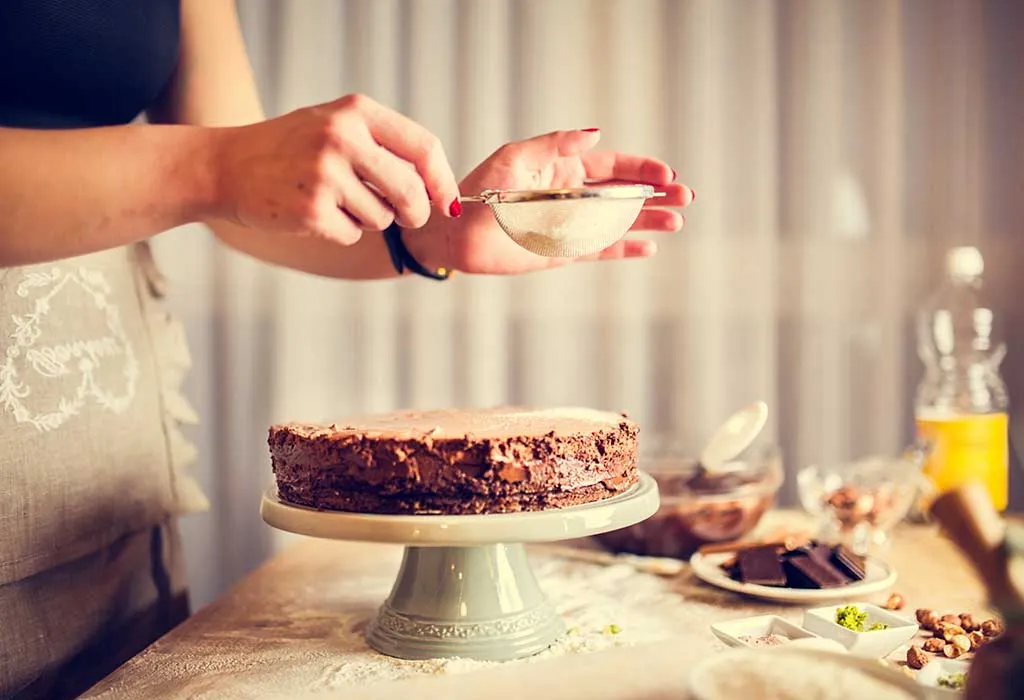
Here’s a basic guide to help you create a delicious cake:
Ingredients
- Flour: Usually all-purpose or cake flour for a fine crumb.
- Sugar: White granulated sugar is common, but brown sugar can add moisture and flavor.
- Eggs: Provide structure and richness.
- Fat: Butter for flavor, or oil for moisture.
- Leavening agents: Baking powder and/or baking soda to help the cake rise.
- Liquid: Milk, buttermilk, or even water.
- Flavorings: Vanilla extract is classic, but almond, lemon, or others can be used.
Equipment
- Cake pans
- Mixing bowls
- Electric mixer (hand or stand)
- Measuring cups and spoons
- Spatula
- Cooling rack
Basic Steps
- Preparation:
- Preheat your oven to the temperature specified in your recipe (usually between 325°F – 375°F).
- Grease and flour your cake pans, or line them with parchment paper.
- Mixing the Batter:
- Dry ingredients: Sift together flour, leavening agents, and salt.
- Creaming: Beat butter and sugar together until light and fluffy. This is a way to incorporate air and gives the cake its delicate texture.
- Eggs: Incorporate eggs, one at a beating them thoroughly every time you add eggs.
- Alternating dry and wet ingredients: Add the dry ingredients in three parts, alternating with the liquid. Start and end with the dry ingredients. This method helps keep the batter emulsified.
- Flavorings: Stir in vanilla or other flavorings.
- Baking:
- Pour the batter into the prepared pans, smoothing the top.
- Bake in the preheated oven. The baking time will vary depending on the size and type of the cake.
- The cake is done when it’s golden brown, pulls away from the sides of the pan, and a toothpick inserted in the center comes out clean.
- Cooling:
- Let the cake cool in the pan for a short time, then turn it out onto a wire rack to cool completely.
- Frosting and Decorating:
- After the cake is cool it is time to frost and then decorate. Popular choices include buttercream, cream cheese frosting, or ganache.
- Apply a crumb coat first (a thin layer of frosting) to seal in crumbs, then apply the final layer of frosting.
- Decorate as desired with sprinkles, piped details, fruit, or edible flowers.
Tips for Success
- Accuracy: Measure your ingredients accurately.
- Room temperature ingredients: Bring butter, eggs, and milk to room temperature for a smoother batter.
- Do not overmix: Overmixing the batter can result in a tough cake.
- Oven temperature: Use an oven thermometer to ensure the correct baking temperature.
Remember, baking is both an art and a science, so feel free to experiment with different flavors and techniques once you’re comfortable with the basics!
How to make a delicious muffin
Making delicious muffins is a relatively straightforward process. The key to great muffins is balancing the ingredients for flavor and texture, and being careful not to overmix the batter.
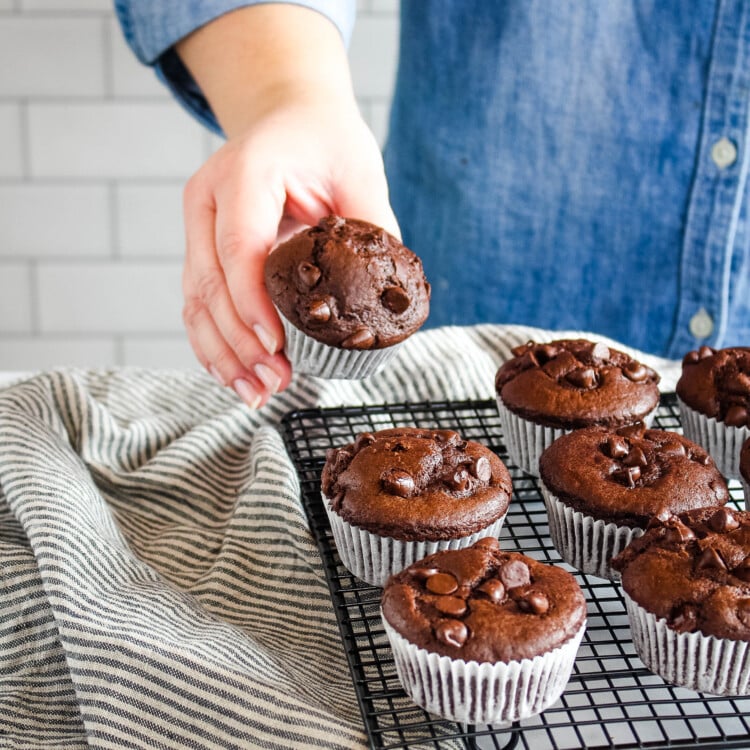
Here’s a basic guide to help you make delicious muffins:
Ingredients
- Flour: All-purpose flour is commonly used, but you can also use whole wheat for a healthier option.
- Sugar: Granulated sugar for sweetness. Brown sugar can add a deeper flavor.
- Eggs: Provide structure and richness.
- Fat: Butter or oil. Butter for flavor, oil for moisture.
- Leavening agents: Baking powder and/or baking soda to help the muffins rise.
- Liquid: Milk, buttermilk, or yogurt.
- Mix-ins: Options like blueberries, chocolate chips, nuts, or bananas.
Equipment
- Muffin tin
- Paper liners or non-stick spray
- Mixing bowls
- Measuring cups and spoons
- Spatula
- Ice cream scoop or spoon for filling muffin cups
Basic Steps
- Preparation:
- Preheat your oven to around 375°F (190°C).
- Prepare your muffin tin with paper liners or by greasing the cups.
- Mixing the Batter:
- Dry ingredients: Whisk together flour, sugar, baking powder, baking soda, and a pinch of salt in a large bowl.
- Wet ingredients: In a separate bowl, whisk together the liquid ingredients – milk, oil (or melted butter), and eggs.
- Combine: Make a well in the center of the dry ingredients, pour in the wet ingredients, and mix until just combined. It’s crucial not to overmix; the batter should be lumpy.
- Add mix-ins: Gently fold in any additional ingredients like fruits, nuts, or chocolate chips.
- Baking:
- Pour the batter into muffin cups and fill them approximately two-thirds full.
- Bake in the preheated oven for about 20-25 minutes, or until the tops are golden and a toothpick inserted into the center comes out clean.
- Cooling:
- The muffins should cool down in the oven for about a couple of minutes before transferring them onto a rack on the wire to completely cool.
Tips for Success
- Do not overmix: This is the most important tip for muffins. Overmixing can make them dense and rubbery.
- Fill cups evenly: To ensure uniform baking, fill each muffin cup to the same level.
- Bake immediately: Once the wet and dry ingredients are combined, bake the muffins immediately to get the best rise.
- Variations: Feel free to experiment with different flavors and mix-ins. Savory muffins can include cheese, herbs, and diced vegetables.
Enjoy your baking, and don’t hesitate to get creative with flavors and ingredients once you’re comfortable with the basics!
Which is more delicious to eat?
Determining whether a cake or a muffin is more delicious to eat is entirely subjective and depends on personal taste preferences.
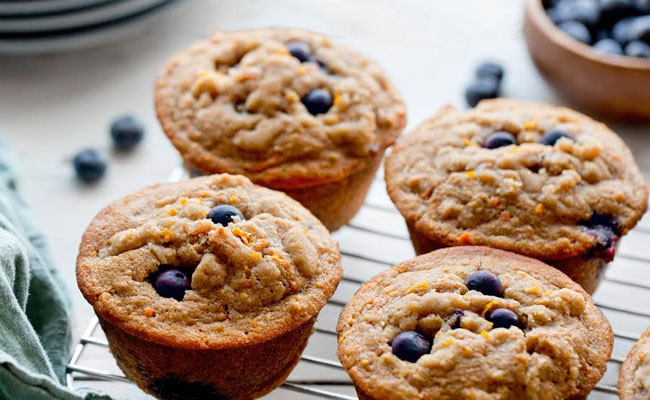
Here are a few considerations that might sway someone’s opinion:
Cake
- Texture: Cakes are generally lighter and fluffier than muffins.
- Sweetness: Cakes are usually sweeter, especially with the addition of frosting or icing.
- Variety: There’s a wide range of flavors and types of cakes, from rich chocolate to light sponge cakes.
- Occasion: Cakes are often associated with celebrations and might be seen as more of a special treat.
Muffin
- Convenience: Muffins are easy to eat on the go, making them a convenient snack.
- Less Sweet: Generally, muffins are less sweet than cakes, which can be preferable for those who don’t have a strong sweet tooth.
- Texture: Muffins have a denser, more bread-like texture which some people might prefer.
- Versatility: Muffins can be sweet or savory, offering a range of flavors not typically found in cakes.
The choice between a cake and a muffin comes down to the individual’s flavor preferences, the occasion, and their desire for sweetness or convenience. Some might prefer the indulgence of a slice of cake, while others might opt for the simpler, less sweet experience of a muffin.
Cultural Significance
The cultural significance of cakes and muffins is rich and varied, reflecting the traditions, celebrations, and daily lives of people around the world.
Cake
- Celebrations: Cakes are central to many celebrations. Birthday cakes, often decorated with candles, are a tradition in many cultures. Wedding cakes, usually multi-tiered and elaborately decorated, symbolize good fortune and fertility.
- Historical Roots: The tradition of cakes dates back to ancient civilizations, where they were made for religious and ceremonial purposes. This historical aspect adds a layer of cultural significance.
- Symbolism: In many cultures, cakes symbolize joy, wealth, and a range of positive attributes. For instance, the shape and size of a wedding cake can represent the couple’s social status.
- Regional Varieties: Different regions have their special cakes, which are part of their cultural identity and culinary heritage. For example, the Black Forest cake from Germany, the Tres Leches cake from Latin America, and the Jaffa Cake from the UK.
Muffin
- Daily Life: Muffins, particularly in their American form, are more associated with daily life than with special occasions. They are a common item in breakfasts, coffee breaks, and snacks.
- Versatility: The simplicity and versatility of muffins reflect cultural adaptations – they can be sweet or savory, and ingredients vary widely across cultures, accommodating local tastes and available ingredients.
- Home Cooking: Muffins have a strong association with home baking and comfort food. They are often one of the first baked goods that children learn to make, carrying a sense of nostalgia and family tradition.
- Cultural Exchange: The spread of muffins from their European origins to worldwide popularity is a testament to cultural exchange, especially in how different countries have adopted and adapted the basic muffin to create local variations.
Cakes often carry a sense of celebration, extravagance, and ceremony, deeply rooted in history and symbolism, while muffins are more reflective of everyday life, comfort, and practicality. Both, however, are integral to the culinary traditions and cultural expressions of societies worldwide.
Conclusion
Cakes and muffins, while both delightful baked goods serve distinct roles in culinary culture. Cakes, with their rich, sweet flavors and often elaborate decorations, are synonymous with celebrations and special occasions.
Muffins, on the other hand, offer a simpler, more everyday treat, versatile in their sweet or savory forms, and perfect for quick snacks or breakfasts. Both embody unique traditions and preferences, catering to a variety of tastes and occasions.
